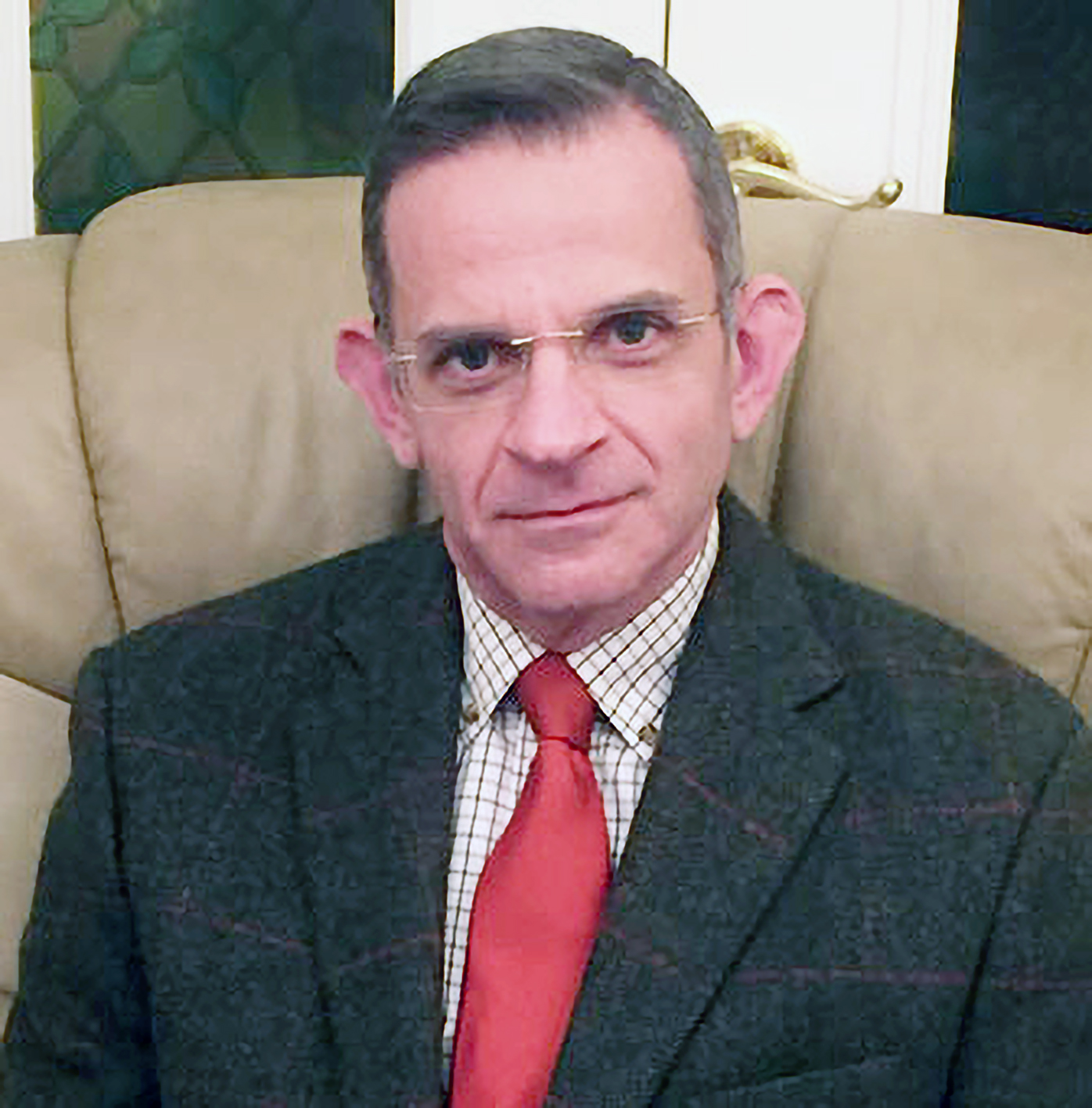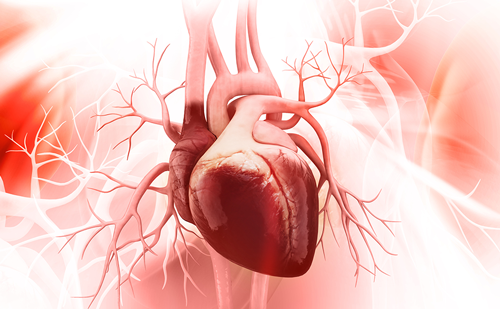Seasonal variation of daily physical activity in individuals with heart failure
Abstract:
Overview
Background. Previous studies indicate that seasonal variation affects daily physical activity (PA), but none have investigated this relationship in individuals with heart failure (HF) who also have implanted cardioverter defibrillators and cardiac resynchronization therapy (ICD/CRT) devices. The purpose of the present study was to determine if seasonal variation in temperature affects daily PA in patients with HF and ICD/CRTs. Patients and methods: Secondary analysis of data from 16 subjects with HF and Medtronic® ICD/CRT devices enrolled in a randomized trial investigating interventions to improve daily PA. Due to the rolling study enrollment, daily PA data for all subjects were not available for the entire time frame and were divided into two groups. Determination of seasonal variation of daily PA was determined using visual analysis of daily PA plotted with average temperature, autocorrelation, visual analysis of seasonal subseries plots and boxplot analysis, as well as Wilcoxon signed-rank tests. Results. Subjects 1-8 demonstrated the greatest differences in daily PA during periods of seasonal transition whereas subjects 9-16 demonstrated the greatest variation in daily PA with greatest seasonal temperature difference. Wilcoxon signed-rank testing of the lowest and highest months for daily PA revealed median differences of 0.30 (p = 0.050) and 0.36 hours (p = 0.036) for subjects 1-8 and 9-16, with effect sizes of 0.69 and 0.74, respectively. Conclusions. Seasonal variation in mean temperature appears to affect daily PA in individuals with HF and ICD/CRT devices by a magnitude of 0.30-0.36 hours, which may need to be accounted for in future research investigating interventions to improve daily PA.
Keywords
Cardiac resynchronization therapy, Daily physical activity, Heart failure, Implanted cardioverter defibrillator
Article:
Article Information:
Disclosure
Financial support: This study was funded by the Medtronic Cardiac
Rhythm and Heart Failure External Research Program. All decisions
related to study design, data collection, analysis, interpretation, and
manuscript preparation were that of the authors. Medtronic review
of the manuscript was strictly related to accurate representation/
description of Medtronic products.
Correspondence
Michael J. Shoemaker 301 Michigan NE Grand Rapids 49503 Michigan, USA shoemami@gvsu.edu
Acknowledgements
The authors thank the Spectrum Health Heart and Lung Specialized
Care Clinic and the Spectrum Health Cardiac Device Clinic.






